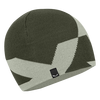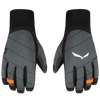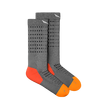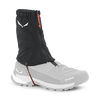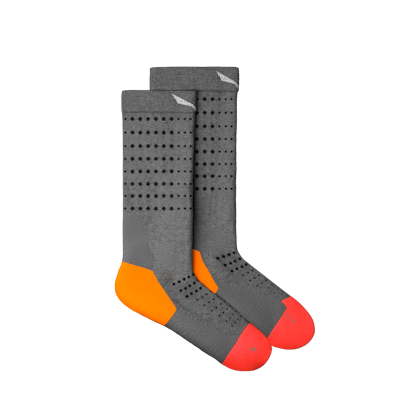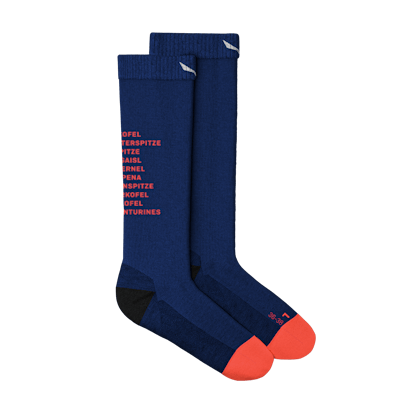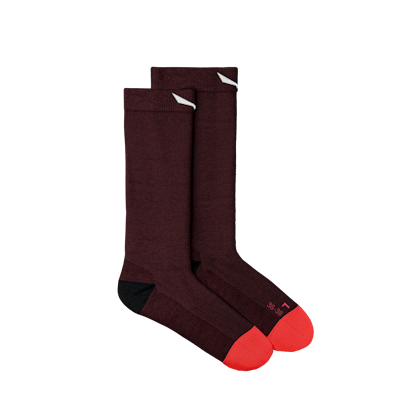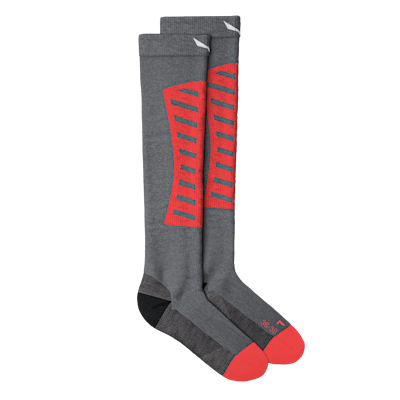Womens Mountaineering Socks
- What are hiking socks?
- What material in socks is best for walking?
- What are the best women’s mountain socks for cold weather?
- What kind of mountain socks to wear hiking in the summer
- Are moisture wicking socks good for hiking?
- Should you wear two pairs of socks when hiking?
- Are hiking socks meant to be tight?
